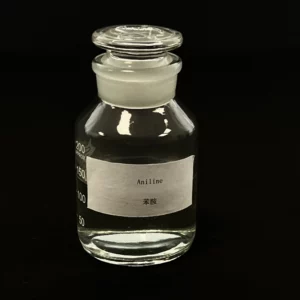It seems there might be a misunderstanding or a miscommunication in the term “China Amine Nitriles.” As of my last update in January 2022, there’s no specific chemical compound or category known as “China Amine Nitriles.”
However, I can provide some general information on amines, nitriles, and their potential contributions to the formation of ground-level ozone.
- Amines: Amines are organic compounds derived from ammonia (NH3) by replacing one or more hydrogen atoms with alkyl or aryl groups. They are often used in various industrial processes, including the production of pharmaceuticals, pesticides, and rubber chemicals.
- Nitriles: Nitriles are organic compounds containing a cyano group (-CN), which is bonded to a carbon atom. They are commonly used in the production of synthetic rubber, plastics, and pharmaceuticals, among other applications.
Both amines and nitriles can contribute to the formation of ground-level ozone through their involvement in atmospheric reactions. Here’s how:
- Volatile Organic Compounds (VOCs): Amines and nitriles are considered volatile organic compounds (VOCs). When released into the atmosphere, VOCs can undergo photochemical reactions in the presence of sunlight and other atmospheric pollutants, such as nitrogen oxides (NOx) and volatile organic compounds (VOCs) from other sources like vehicles and industrial processes.
- Ozone Formation: In the presence of sunlight, VOCs can react with nitrogen oxides (NOx) to produce ground-level ozone (O3) through a series of complex photochemical reactions. This process occurs in the presence of sunlight and is known as photochemical smog formation. China Amine Nitriles suppliers Ground-level ozone is a major component of smog and can have detrimental effects on human health and the environment.
- Role in Ozone Precursor: Amines and nitriles can act as precursors to other ozone-forming compounds in the atmosphere. They can undergo reactions with other pollutants, such as hydrocarbons and nitrogen oxides, to form secondary organic aerosols (SOAs) and other ozone precursors, which contribute to the formation of ground-level ozone.
It’s important to note that the contribution of specific compounds, including amines and nitriles, to ground-level ozone formation can vary depending on factors such as their atmospheric concentration, reactivity, and regional environmental conditions. Additionally, regulations and control measures are often implemented to reduce emissions of ozone precursors and mitigate the formation of ground-level ozone and associated air quality issues.
